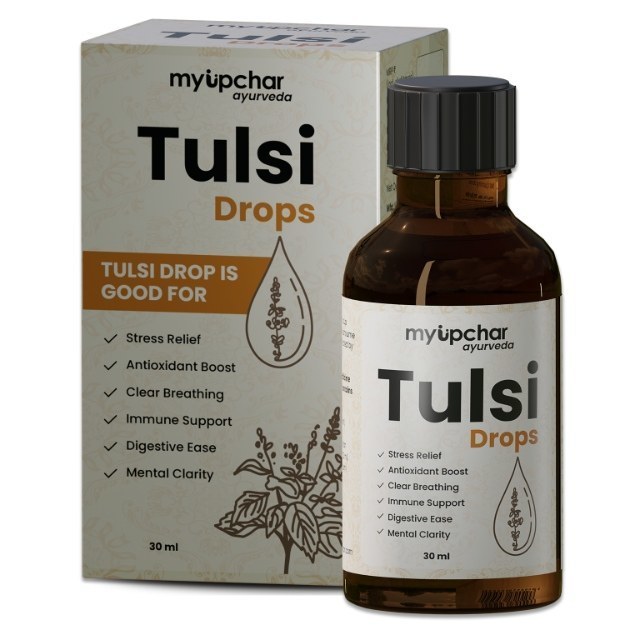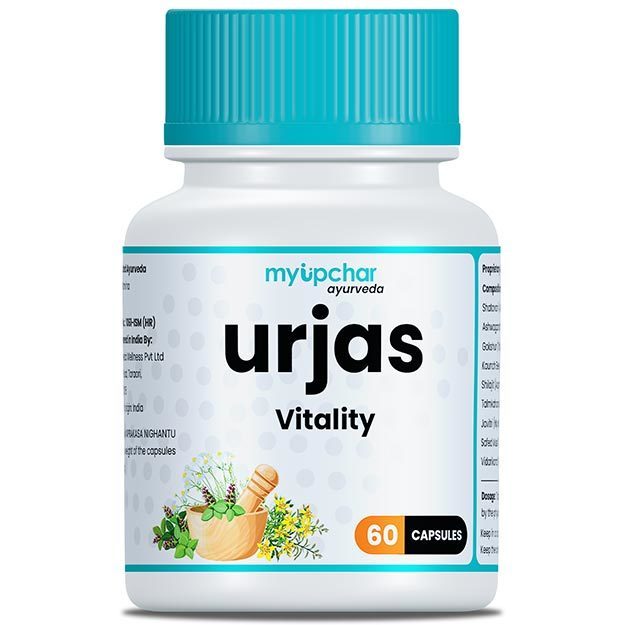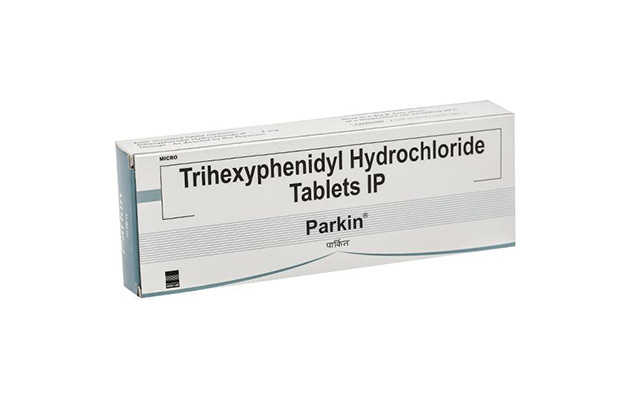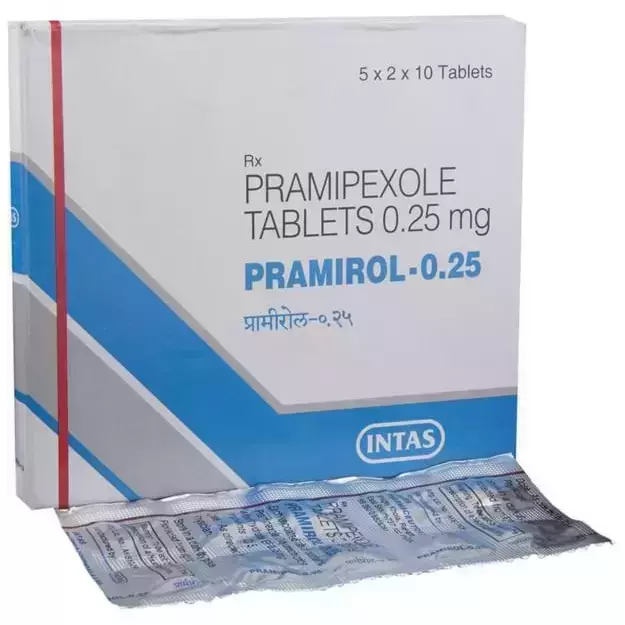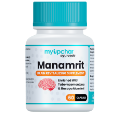Nopark 2.5 Mg Tablet is a commercial drug that is prescribed in the form of Tablet. Primarily, it is used for the treatment of Parkinson's Disease.
The optimal dosage of Nopark 2.5 Mg Tablet is largely dependent on the individual's body weight, medical history, gender and age. The condition it has been prescribed for, and the route of administration also determine the right dosage. Refer to the dosage section for a detailed discussion.
Besides the aforementioned side effects, there are other adverse effects of Nopark 2.5 Mg Tablet as well, which are listed below. Normally, these side effects of Nopark 2.5 Mg Tablet are not long lasting and go away when the treatment is finished. Consult your doctor if these side effects become worse or stay for a longer duration.
It is also important to note that Nopark 2.5 Mg Tablet has a Moderate effect for pregnant women and Severe effect on lactating mothers. Warnings related to Nopark 2.5 Mg Tablet's effects on the liver, heart and kidney, if any, have been listed below.
Nopark 2.5 Mg Tablet is not recommended if you suffer from certain medical conditions as it can have adverse effects. Tardive Dyskinesia, Glaucoma are examples of such conditions. Other conditions have been mentioned below in the Nopark 2.5 Mg Tablet contraindications section.
Besides this, Nopark 2.5 Mg Tablet may also have severe interaction with some medicines. A complete list of these interactions is given below.
You should also be aware that Nopark 2.5 Mg Tablet is not safe while driving, and is not addiction.
X







